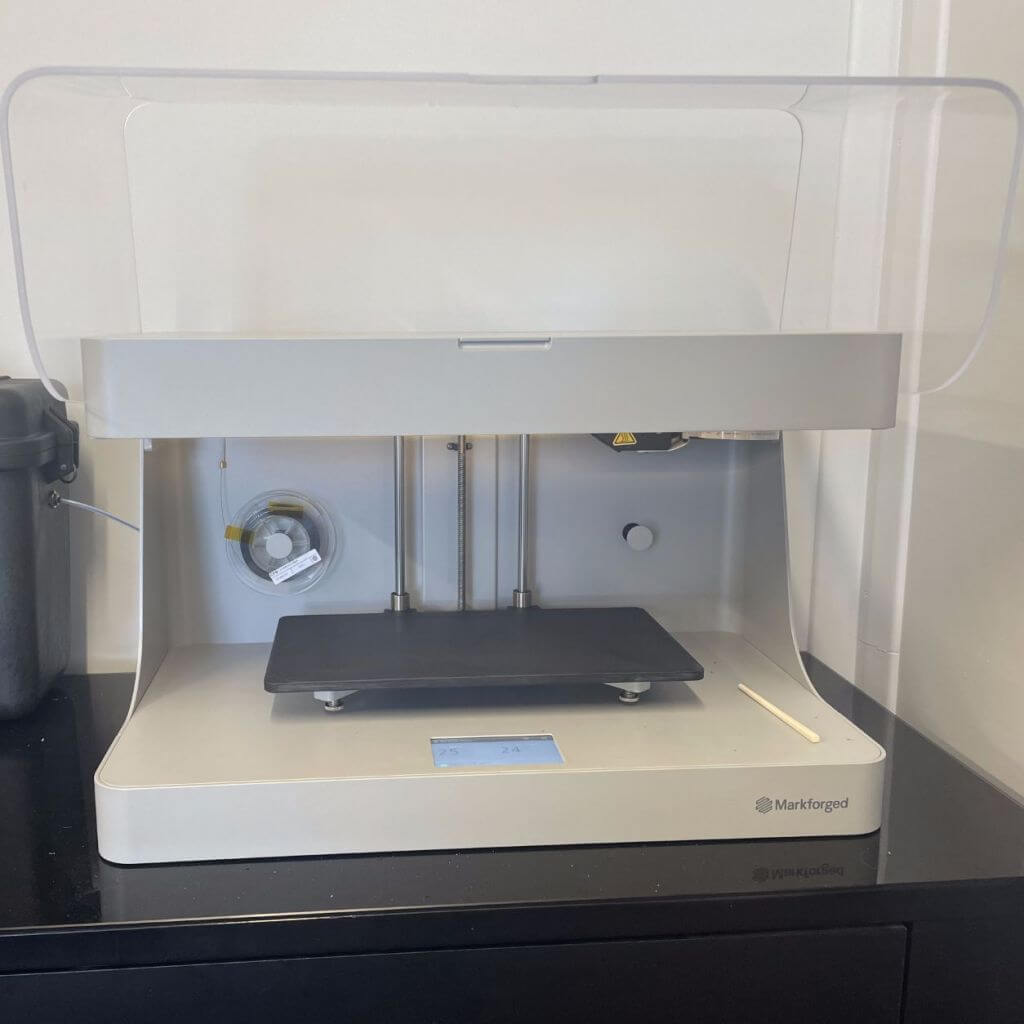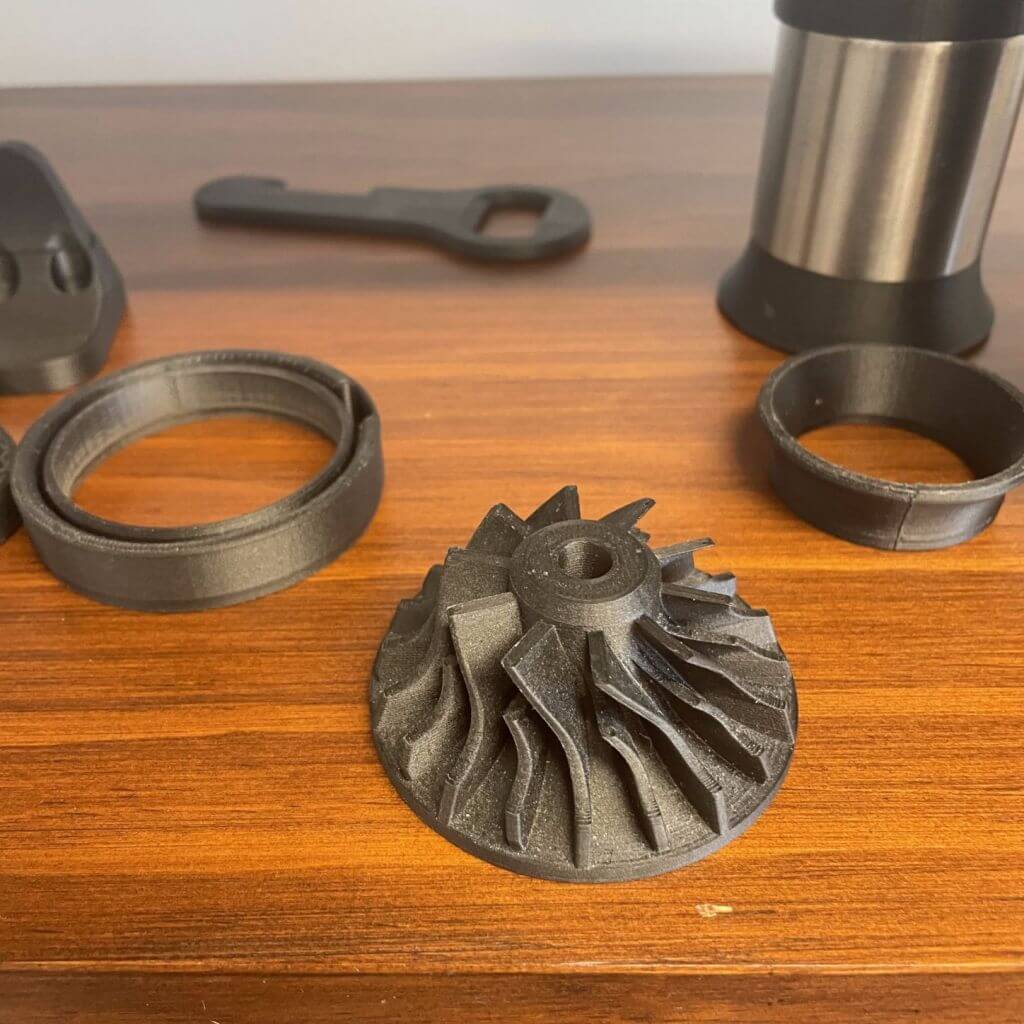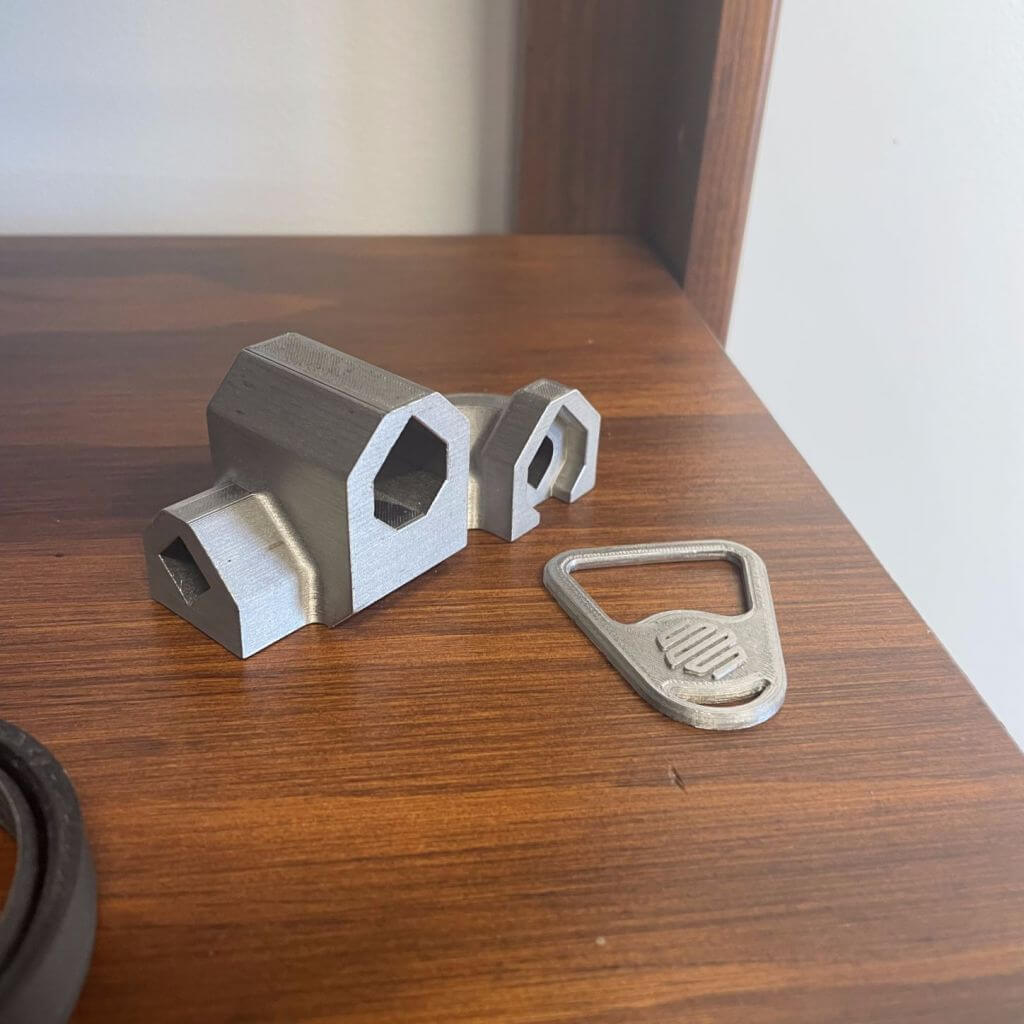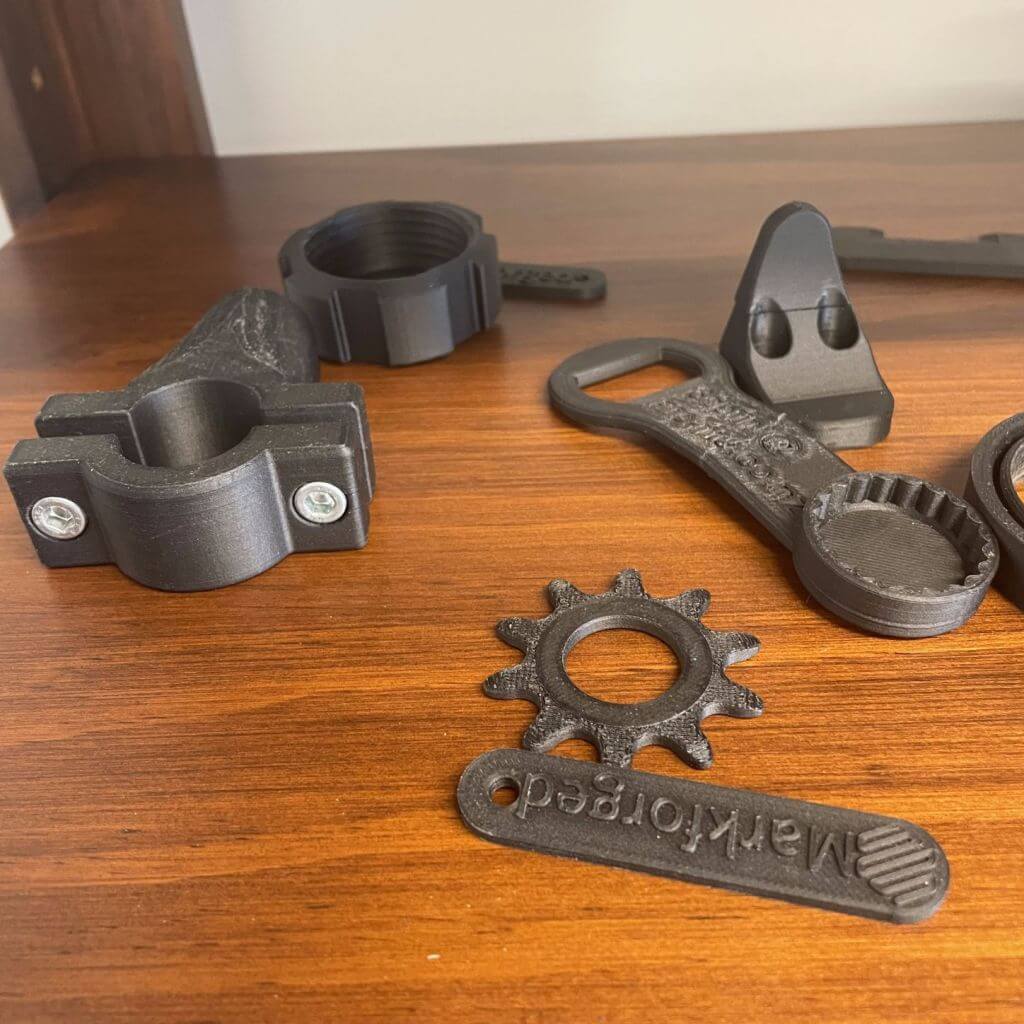Arc Rite Engineering specialises in the high-quality fabrication of stainless tanks and industrial equipment. Richard and his team offer years of experience in design and fabrication.
Richard is also the proud owner of a Markforged Mark Two - Blenheim's first Continuous Fibre Composite 3D Printer.
Carbon fibre comes in many different forms. It can be used in conjunction with resin and moulds; it can be combined with polymers in composite form. It has been used for everything from lightbulbs to high-performance race cars - and is even being tested on Mars-bound rockets. While applications are wide-ranging, the most apparent benefit of carbon fibre is its high strength-to-weight ratio.
What IS 3D printing?
3D Printing — also known as additive manufacturing — has been quoted in the Financial Times and other sources as potentially more significant than the Internet. Some believe this is true. Many others urge that this is part of the extraordinary hype around this fascinating technology area. So what really is 3D printing, who generally uses 3D printers and what for?
3D Printing makes a physical object from a three-dimensional digital model, typically by laying down many successive thin layers of material. It brings a digital object (its CAD representation) into its physical form by adding layer by layer of materials.
What are the Advantages?
Customisation
3D printing processes allow for mass customisation — the ability to personalise products according to individual needs and requirements. Even within the same build chamber, the nature of 3D printing means that numerous products can be manufactured simultaneously according to the end-users requirements at no additional process cost.
Complexity
The advent of 3D printing has seen a proliferation of products (designed in digital environments), which involve levels of complexity that could not be produced physically in any other way. While this advantage has been taken up by designers and artists to impressive visual effect, it has also made a significant impact on industrial applications, whereby applications are being developed to materialise complex components that are both lighter and stronger than their predecessors. Notable uses are emerging in the aerospace sector, where these issues are of primary importance.
Tool-less
For industrial manufacturing, one of the most cost-, time- and labour-intensive stages of the product development process is the production of the tools. For low to medium volume applications, industrial 3D printing — or additive manufacturing — can eliminate the need for tool production and, therefore, the costs, lead times and labour associated with it. This is an extremely attractive proposition that an increasing number of manufacturers are taking advantage of. Furthermore, because of the complexity advantages stated above, products and components can be designed specifically to avoid assembly requirements with intricate geometry and complex features, further eliminating the labour and costs associated with assembly processes.
Sustainable / Environmentally Friendly
3D printing is also emerging as an energy-efficient technology that can provide environmental efficiencies in terms of both the manufacturing process itself, utilising up to 90% of standard materials, and, therefore, creating less waste, but also throughout an additively manufactured product's operating life, by way of lighter and more robust design that imposes a reduced carbon footprint compared with traditionally manufactured products.
Furthermore, 3D printing is showing great promise in fulfilling a local manufacturing model, whereby products are produced on-demand in the place where they are needed — eliminating huge inventories and unsustainable logistics for shipping high volumes of products around the world.
Where is it Used?
Automotive
Another general early adopter of Rapid Prototyping technologies — the earliest incarnation of 3D printing — was the automotive sector. Many automotive companies — particularly at the cutting edge of motorsport and F1 — have followed a similar trajectory to the aerospace companies. First (and still), using the technologies for prototyping applications, but developing and adapting their manufacturing processes to incorporate the benefits of improved materials and end results for automotive parts.
Many automotive companies are now also looking at the potential of 3D printing to fulfil after-sales functions in producing spare/replacement parts on-demand rather than holding huge inventories.
Jewellery
Traditionally, the design and manufacturing process for jewellery has always required high levels of expertise and knowledge involving specific disciplines that include fabrication, mould-making, casting, electroplating, forging, silver/goldsmithing, stone-cutting, engraving and polishing. Each of these disciplines has evolved over many years, and each requires technical knowledge when applied to jewellery manufacture. Just one example is investment casting — the origins of which can be traced back more than 4000 years.
For the jewellery sector, 3D printing has proved to be particularly disruptive. From new design freedoms enabled by 3D CAD and 3D printing, through improving traditional processes for jewellery production all the way to direct 3D printed production eliminating many of the traditional steps, 3D printing has had — and continues to have — a tremendous impact in this sector.
Architecture
Architectural models have long been a staple application of 3D printing processes for producing accurate demonstration models of an architect's vision. 3D printing offers a relatively fast, easy and economically viable method of producing detailed models directly from 3D CAD, BIM or other digital data that architects use. Many successful architectural firms now commonly use 3D printing (in house or as a service) as a critical part of their workflow for increased innovation and improved communication.
More recently, some visionary architects have been looking to 3D printing as a direct construction method. Research is being conducted at several organisations on this front, most notably Loughborough University, Contour Crafting and Universe Architecture. There is a great deal of interest — and uptake — based on how 3D printing can, and will, contribute to the further development of this industry.




